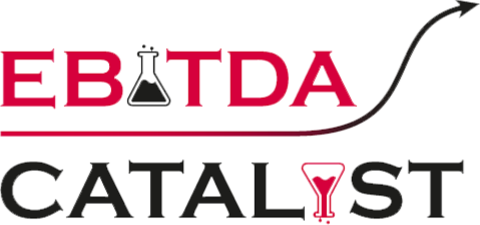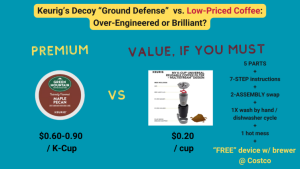Many companies operate on the assumption that any customer providing “some” additional contribution margin is a good customer. Surely having it is better than the alternative, they reason. This week, FedEx disagreed. It didn’t just let go 1,400 customers, but made it public. It put both customers and competitors on notice that severe supply constraints raise its ability to be selective and/or reset pricing.
The action by FedEx reminds all businesses in this environment that addition by subtraction can be a good response in disrupted markets. Customer-level profitability and product portfolio lifecycle reviews can reveal the cost of inaction. Pricing actions can be used to respond to changes in value delivered. And being willing to let customers go is the ultimate signal of negotiating leverage. I would not be suprised if we see more price increases from FedEx soon.
So when is a formerly or even currently “profitable” customer worth letting go of? The current environment is making some of these scenarios more likely to occur. Particularly applicable to B2B, these scenarios nevertheless should be top of mind to all businesess:
- “Profitable” customers create externality costs within customer portfolio. For example, legacy small customers may have ridden on their “sweet deal” from 5 or 10 years ago. Back then you were still an unestablished deal-taker-at-nearly-any-price or undisciplined in managing discounts. Their deal poses a direct risk that larger customers will some day learn of it (everybody talks). This will put direct pressure on both your pricing and the perceived “fairness” of these larger deals. As you grow, you have more customers. The relationship with you grows more important to each of them. Chances increase some of your customers will compare notes on pricing.
- “Profitable” customers cost you a multiple of any profits they generate, in opportunity costs. This is particularly true in supply-constrained markets. Every unit you sell to one marginally profitable customer could conceivably be sold to a (often much) higher-margin customer somewhere else in the portfolio. Or, resources spent serving a small customer result in lower value delivery to other, larger customers.
- Different geographies, supply chain, or channel constraints quickly swing some customers into “very high cost-to-serve” and drains on profit. Our current environment, with costs of inputs from lumber to freight expressed in multiples from 12 months ago, presents many examples.
- Some seemingly “profitable” customers were in fact never profitable. The true imprint of their cost-to-serve only became manifest in a supply-constrained environment. Sometimes customer behaviors and/or risks associated with serving them elude the customer-level P&L. Sometimes sellers turn a blind eye to “issue” customers for various internal reasons. Notably, revenue growth trumps all else, or cost-to-serve is understated in order to get the “deal” approved in the first place.
The oportunity:
- Firms should fine-comb their customer portfolio, looking for “long-tail” problems either in the low $ profitability tail, or high externality cost customers.
- Look for proximity between customers with problematic profitability / high-cost-to-serve / high-externality-cost, and your best customers who may get even better by absorbing the supply currently going to the former.
- This is a golden moment to “bring-up-the-rear” of legacy pricing with well segmented price actions. Customers whose pricing & terms would give you headaches if you had to extend them to others of similar or larger size should be addressed now. Using the externality risk as a “fairness” argument typically works well. “There is a long line of customers waiting to buy at full price and we’re tying up supply at an unacceptable price here” works even better.
- Whether driving effective price increases (and giving credit to your teams for creating the value) or pruning the headaches out of your customer portfolio, your overstretched Supply Chain and Customer Success teams will surely thank you.





